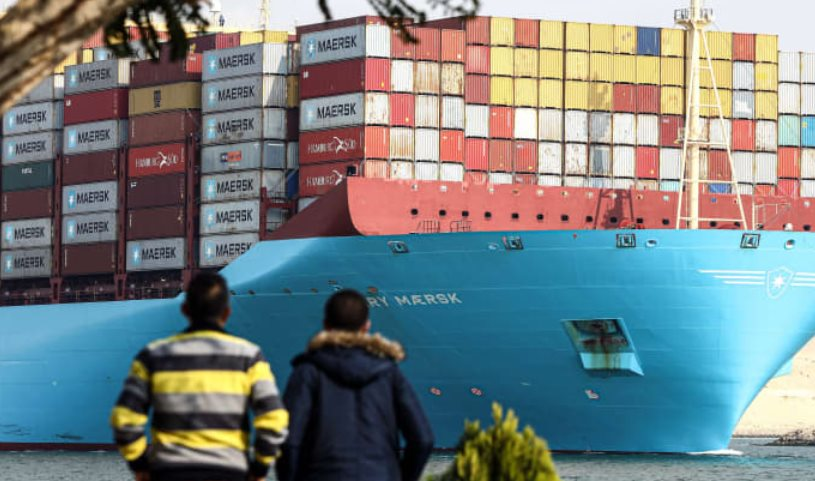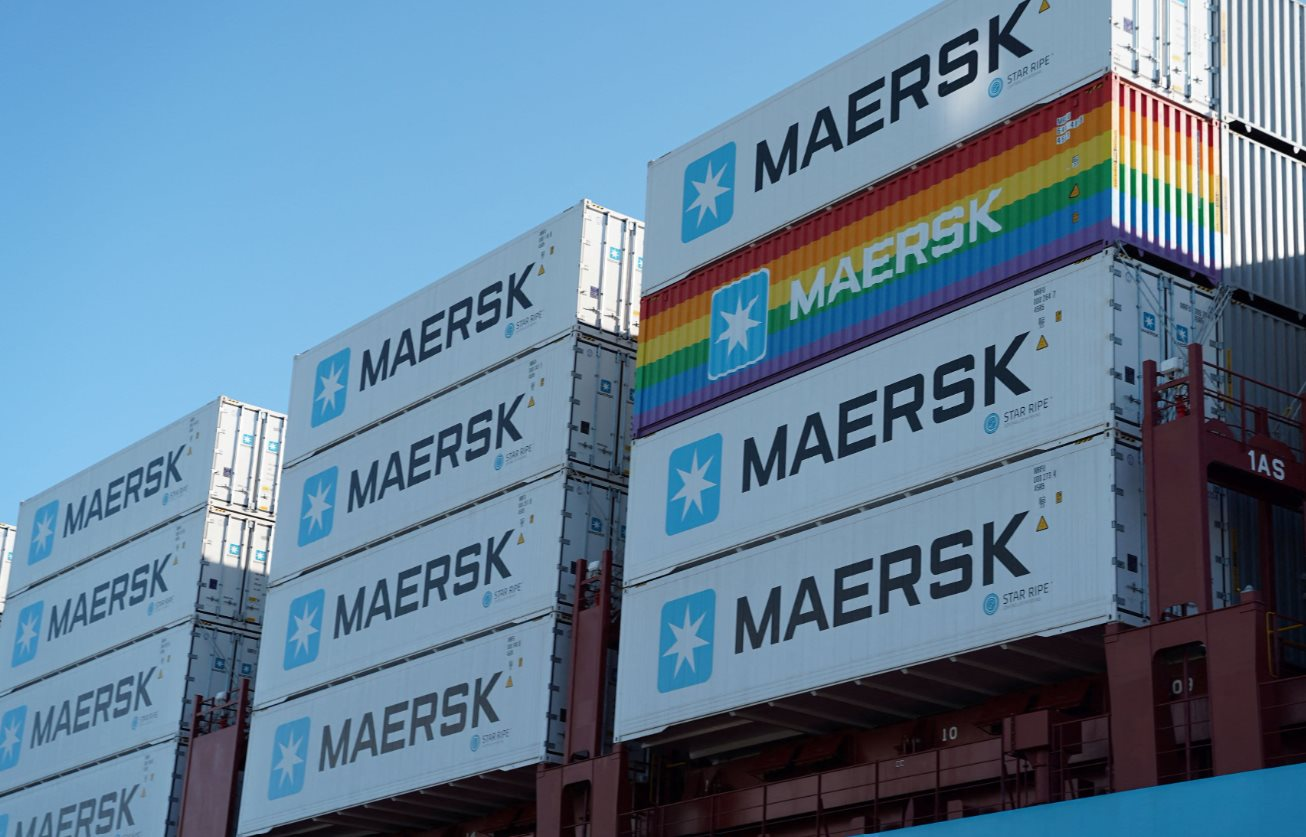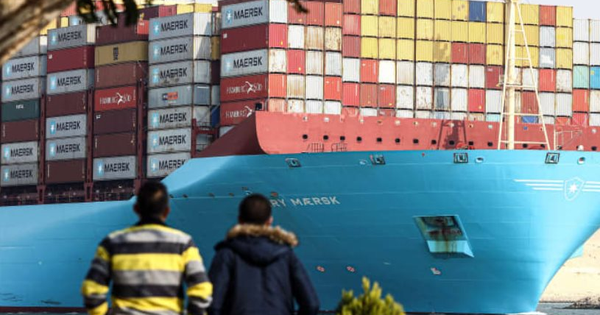Can the Giant Weather the Storm?

The Challenges Ahead
Every year, around 90% of global trade is transported by sea, with commodities like oil and grains making up 40% of that volume, and the rest filled with containers full of electronic devices, smartphones, and furniture.
Maersk, the second-largest container shipping company in the world after MSC, handles about one-fifth of all containers. With 672 ships and one of the largest port operators in the world with 64 terminals, this Danish giant recorded a record profit of $29.3 billion in 2022. The company’s stock price also soared during that time, and they are currently building a new aircraft carrier.
However, like its competitors, Maersk faces a range of challenges, including recent tensions in the Red Sea, drought in the Panama Canal, and concerns about higher taxes related to the possibility of Donald Trump becoming the US president.
In the next phase, the industry will likely face even more difficulties. To offset some of the risks, Maersk is strengthening its end-to-end logistics operations, investing in last-mile delivery and air transportation. They are also acquiring airplanes, warehouses, building terminals, and acquiring some road transport companies.
Sea transport is a highly volatile industry. On January 5th, Maersk and other major shipping companies had to reroute their ships away from the Red Sea to avoid conflicts in the region.
While oil tankers and fuel continue to pass through the Suez Canal into Europe, most container ships are now rerouting through South Africa’s Cape of Good Hope.
Longer voyages require more ships, more containers, and more fuel. This also means higher shipping costs for container carriers. Freight rates have quadrupled compared to a few months ago.
At the beginning of the year, an estimate showed that fuel costs for ship owners had increased to $2 million for each round trip when diverting to the Suez Canal.
Moreover, a Maersk-chartered vessel named Dali recently collided with the Francis Scott Key Bridge in Baltimore, USA.
The Giant of the Seas – Maersk

Maersk started its operations in Denmark in 1904 when Arnold Peter Moller and Peter Maersk Moller bought two ships. Lucrative contracts during World War I helped propel the business. From 1918 to 2009, they built ships.
After World War II, Maersk primarily transported crude oil, but the container shipping revolution marked a turning point for the company.
Maersk opened its first container route in 1975. By the early 1990s, it became the world’s largest container shipping company, a title it held for over two decades.
From 1980 to 2017, global container transport saw a significant increase from 102 million tons to around 1.8 billion tons.
In 2023 alone, imported containers into the US carried goods worth over a trillion dollars. Considering the US population, that comes out to an average of $3,000 per person.
The average size of container ships has more than doubled since the year 2000, with the largest ships now capable of carrying around 24,000 TEU.
Maersk’s output grew by only 3.6% in 2020 and 2021, but its revenues increased by 56% over the same period, reaching $61 billion.
In 2022, Maersk invested $5.9 billion in three significant acquisitions to expand its operations. For example, they acquired LF Logistics to expand their market in Asia.
Maersk’s revenue in 2023 was $51 billion, with $33.6 billion from sea operations and $13.6 billion from land-based services and logistics.
The company is also expanding its operations in Mexico, investing in ports, warehouses, and road transport. As a result, there is a significant increase in trade volume from China to the US and Mexico.
Mexico became the largest trading partner of the US in 2023, with 15% of Chinese goods passing through Mexico.
In 2024, Maersk partnered with Hapag-Lloyd AG and signed a long-term cooperation agreement called “The Gemini Collaboration,” starting in February 2025. The ambition of this alliance is to provide a flexible and reliable global shipping network.
Aside from sea operations, Maersk’s top business is air cargo transportation.
The combined logistics and e-commerce service market is expected to grow by nearly 19% annually, reaching $819 billion by 2027.
However, expanding into land-based logistics presents some barriers for the company, including direct competition with their own customers.
Maersk is also racing towards achieving zero greenhouse gas emissions throughout its entire supply chain by 2040. They plan to receive their first ship in 2024, which will emit less than 100 tons of CO2 per day compared to traditional diesel-powered vessels.
For now, Maersk will rely on these vessels and its overall sea operations as a barometer not only for the company’s performance but also for the global economy’s direction.
[Reference: CNBC]

